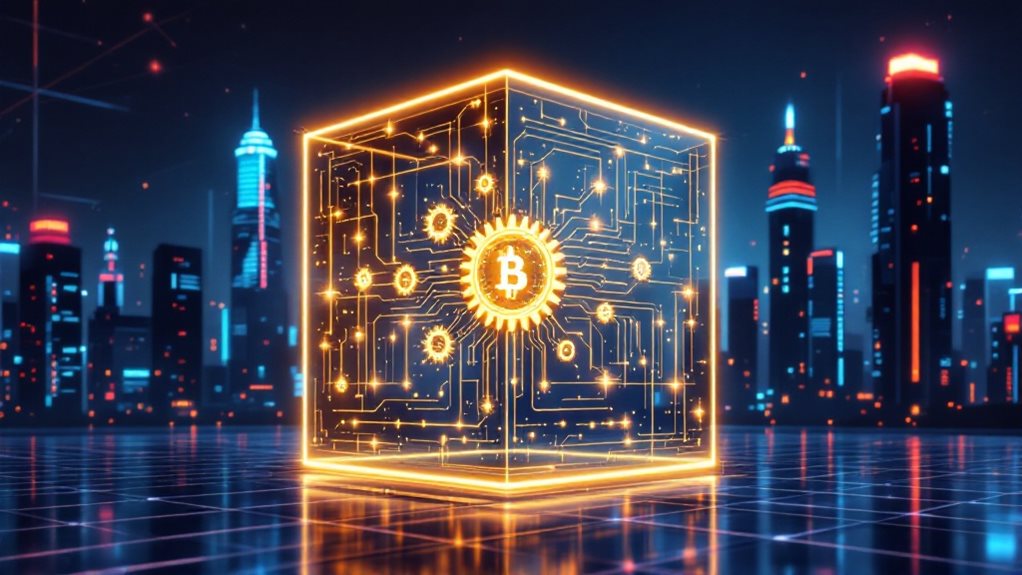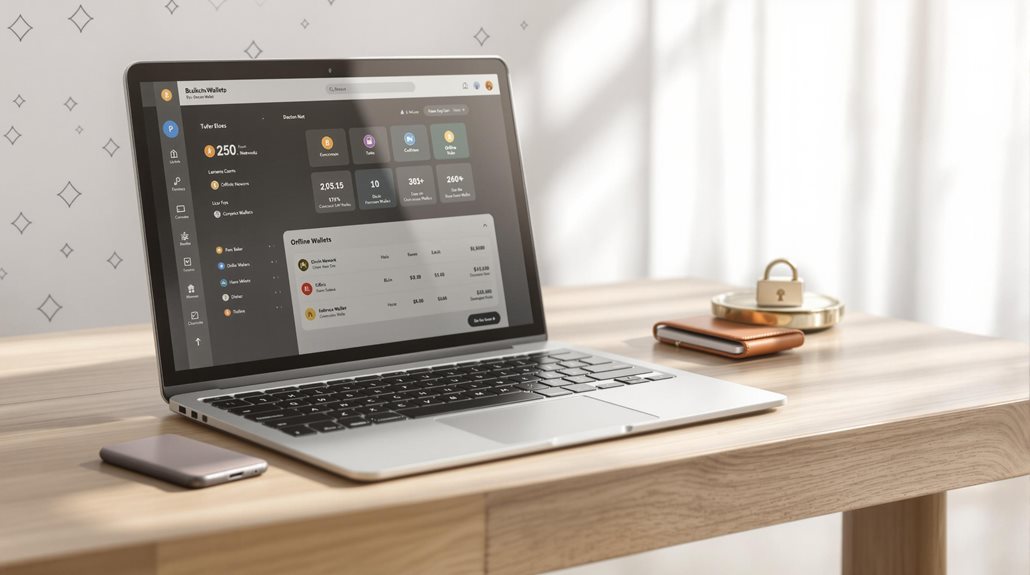A DAPP (decentralized application) is a software program that runs on blockchain technology instead of traditional servers. Unlike regular apps controlled by companies, DAPPs operate without a central authority and use smart contracts that execute automatically. They're transparent since their code is open for public viewing, and they can't be easily changed or shut down. DAPPs are used in gaming, finance, healthcare, and real estate, with their unique benefits driving growing adoption across industries.

A DAPP, or decentralized application, is a special type of software that runs on a blockchain instead of traditional servers. Unlike regular apps that are controlled by companies or organizations, DAPPs operate without any central authority. They're built using smart contracts, which are like digital agreements that automatically execute when certain conditions are met. Users who participate in a DAPP can own pieces of it through special digital tokens, and the code that powers these apps is typically open for anyone to see and examine. These applications encourage engagement through unique token-based rewards systems.
These applications work by using a network of computers that all communicate with each other, rather than relying on a single company's servers. All the information in a DAPP is stored on a public blockchain, which means anyone can see what's happening inside the application. This makes it very difficult for anyone to tamper with the records or change them secretly. If one computer in the network stops working, the DAPP keeps running because there are many other computers maintaining it. Popular blockchain platforms like Ethereum and Polygon serve as the foundation for many DAPPs.
When it comes to how DAPPs are built, they look similar to regular apps on the surface. Users see familiar buttons, menus, and screens just like in any other application. However, behind the scenes, DAPPs are quite different. Instead of storing information in regular databases, they use blockchain technology to keep track of everything. The smart contracts handle all the important operations and money transfers within the app. These smart contracts run on a runtime environment called the Ethereum Virtual Machine, which ensures consistent execution across the network.
DAPPs are being used in many different industries today. In the financial world, they're creating new ways for people to trade, lend, and borrow money without going through banks. Gamers can play special blockchain games where they can earn real value for their achievements. Companies use DAPPs to track their products from factories to stores, making sure everything is legitimate. In healthcare, these applications help keep patient records secure and private. Even the real estate industry is using DAPPs to handle property sales and manage ownership records.
While DAPPs share many features with traditional applications, they come with their own set of challenges. Developers need to reflect carefully about how to design them to work well with blockchain technology. They also need to take into account things like transaction speeds and costs, which can be different from regular apps. Only around 15.7% of DAPPs are completely open source, showing there's still room for growth in transparency.
Despite these challenges, DAPPs are becoming more popular as more people discover their unique benefits in various fields.
Frequently Asked Questions
How Do DAPPS Make Money if They're Decentralized?
DApps make money through several methods, even though they're decentralized. They often charge small transaction fees when users perform actions on the network.
Many DApps have their own tokens that users need to buy to access features. Some use subscription models for premium services.
They can also earn through advertising and partnerships with other blockchain projects. The revenue typically gets distributed among the network's participants and developers.
Can Traditional Apps Be Converted Into DAPPS?
Yes, traditional apps can be converted into dapps.
It's similar to renovating a house – the basic structure stays, but the inner workings change. Developers can keep the app's familiar look while replacing the backend with blockchain technology.
They'll need to add features like crypto wallet connections and smart contracts.
While it's technically possible, it requires significant work and expertise in blockchain development to make the shift successful.
What Programming Languages Are Commonly Used to Create DAPPS?
DApps typically use a combination of front-end and smart contract programming languages.
JavaScript, HTML, and CSS are the main front-end languages, often used with frameworks like React or Vue.js.
For smart contracts, Solidity is the most popular choice, especially for Ethereum-based dApps.
Other common languages include Rust for Solana projects, and Move for Diem blockchain.
Back-end development often relies on Python, Go, or Node.js.
Are DAPPS Safer Than Regular Mobile Applications?
DApps are generally safer than regular mobile apps in several ways. They use blockchain technology that makes it hard for hackers to tamper with data.
Since DApps don't rely on central servers, there's no single point that can be attacked. However, they aren't perfect – smart contract bugs can create security issues.
Regular mobile apps are more vulnerable to server attacks and data breaches, but they're easier to update when security problems are found.
Do I Need Cryptocurrency to Use a DAPP?
Most DApps require cryptocurrency for transactions. Users typically need a crypto wallet (like MetaMask) and some digital currency to get started.
While many DApps use Ethereum's ETH token, some accept other cryptocurrencies. There are some exceptions – certain DApps offer free tiers or demos that don't need crypto.
The trend is changing, with some platforms now including options to pay with regular money or use gasless transactions.





